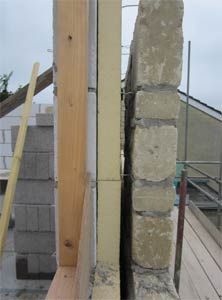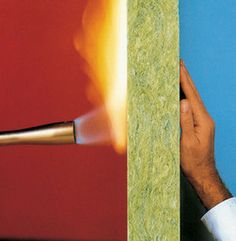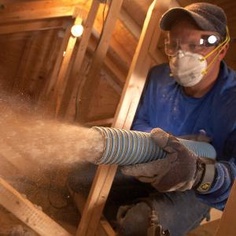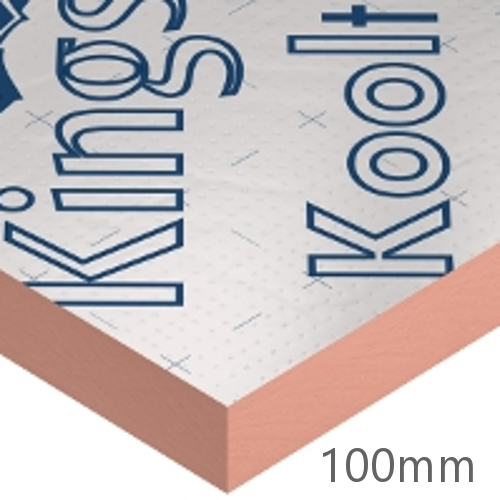The Best Materials for Cavity Wall Insulation
by Mark Row
 Keep your Cavity Walls Sound and Insulated
Keep your Cavity Walls Sound and Insulated
Prior to adding insulation to any part of your home, it is important to identify the construction requirements and your home’s needs for insulation. This way you will make sure that you have chosen the most appropriate insulation material that will provide all the protection you need. Now, most commonly insulated areas in any home are the walls. Regardless of whether you are dealing with masonry or cavity walls, they will both need to be insulated although using different materials and applying different insulation methods. Namely, cavity walls are usually thing of the past meaning that if you are owning a house built in the period between the 20s and the 80s of the past century it is very likely that your home was built with cavity walls, whereas the cavity (thus the name) between the exterior and the interior wall leaf was built in order of allowing the air flow and protecting the inner leaf from some negative and harmful exterior effects such as moisture and water vapour.
However, in time, these cavities turned out be more of a problem than anticipated due to the fact that they were not insulated why they let the heat to travel freely both ways and thus effect the house thermal performance. That is when the idea of insulation appeared, so the only question remaining is which are the best materials for cavity wall insulation.
Before answering the previously mentioned question, there are a few things you need to consider. Note that each house has its own building structure and thus its own needs for insulation. This means that some materials will be more suitable for on application but not necessarily to some other. This will depend on many factors such as the climate, your own requirements regarding operational inner temperature, the stability and structure of the walls etc. This is why, our advice is to conduct a thorough inspection of your home prior to choosing the insulation material for your cavity walls. You can either hire a professional to do the job for you or you can try doing it yourself. The most important thing you should pay attention to is the fact whether there is some insulation material already installed and whether it only needs to be repaired or completely removed if in bad shape. This may also determine the insulation material, since if you are only upgrading the existing insulation, you will have to choose the same material, while if removing the insulation (or in case there is no insulation installed) the choice will be more versatile.
We Recommend…
If you are having second thoughts on which cavity wall insulation material to go for, we recommend the following:
- Rock (mineral) wool. This is our first choice for more than one reason. Let’s start with some basic characteristics of this type of insulation material. It is produced from molten rock which is exposed to extremely high temperatures and then mixed with some kind of binder and some oil, to get a final product of a mixture of fine fibers that offers great acoustic and thermal performance. It is non-combustible and resistant to rot which is particularly important when insulating cavity walls, whereas the cavity is a perfect place for mould and mildew to appear. The material is also recyclable and can comprise of some percentage of industrial waste, classifying it among the greener insulation materials. However, if preserving the nature is of great importance to you, you can always go for the more eco-friendly alternative found in sheep wool which shares the advantages of mineral wool but is considered to be a greener solution. Another basic advantage of this type of cavity wall insulation material is its easy installation, since it is usually packed in rolls and slabs and can be simply used to fill the cavity.

- Rigid insulation boards. If you are looking for a material that is especially designed to fit into your cavity wall and provide substantial support and protection, you can opt for PIR or phenolic cavity wall insulation boards. However, when opting for this type of insulation, it is important to make sure that you have chosen the right one, since they are usually adapted to specific applications, such as full or partial fill cavity (for more information on details of cavity wall insulation, please refer to). If you are looking for a partial fill cavity wall insulation, we could recommend Celotex rigid PIR cavity insulation board or Kingspan phenolic cavity board which are covered with aluminium foil facing on both sides, have low thermal conductivity and significant R values, all resulting in considerable energy savings and acoustic insulation.

For more information about buying cavity wall insulation materials online, or which ones are perfect for your insulation projects, please read related blog articles and product descriptions on our website, and feel free to contact us with your questions.



















































































































